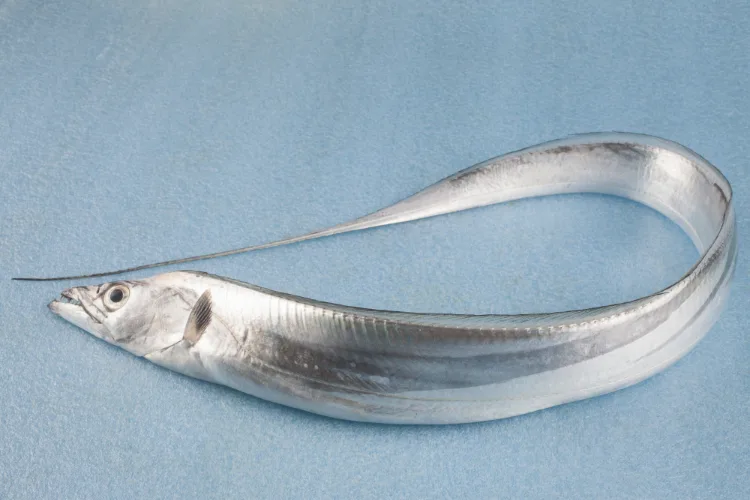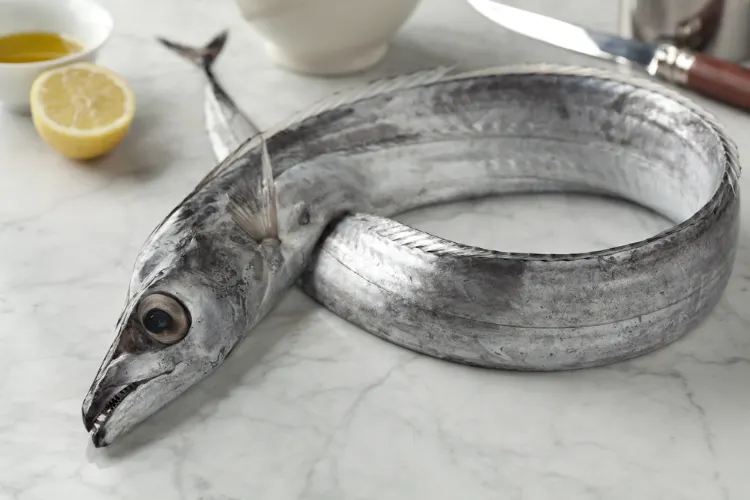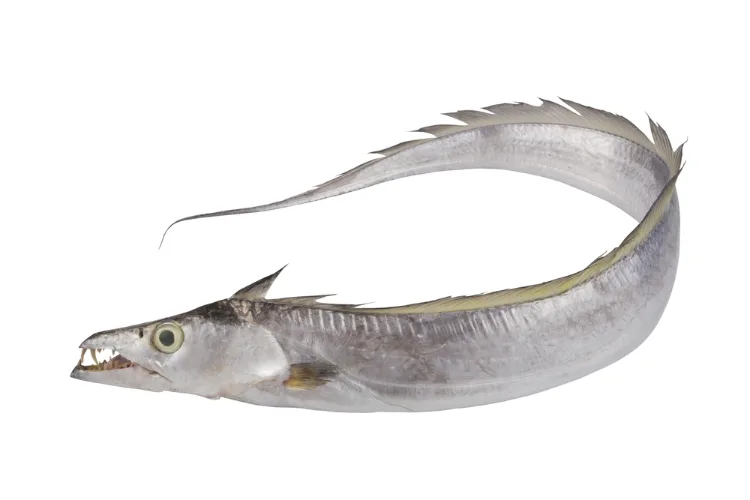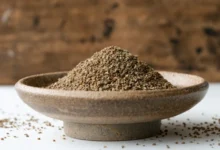Ribbon Fish Nutritional Benefits and Culinary Uses Explained in Detail
Ribbon Fish Guide Health Benefits Cooking Methods and Origins Explained

The ribbon fish, also known as the belt or cutlass fish, is a slender, elongated marine species from the Trachipteridae family. Recognized for their distinctive body shape, ribbon fish have long, thin bodies with fins on each side and a small, often scaly head. These fascinating creatures can grow up to 1.5 meters in length, with their size ranging from 30 cm in smaller specimens.
| Nutrient | Amount | Health Benefits |
|---|---|---|
| Calories | 120-150 kcal | Provides energy for daily activities |
| Protein | 20-22 grams | Essential for muscle repair and growth |
| Fat | 3-5 grams | Low in fat, primarily unsaturated fats |
| Omega-3 Fatty Acids | 1-2 grams | Supports heart and brain health |
| Cholesterol | 60-80 mg | Moderate intake recommended |
| Vitamin D | Significant amount | Supports bone health and immune function |
| Vitamin B12 | Significant amount | Important for nerve function and red blood cells |
| Niacin (Vitamin B3) | Moderate amount | Supports metabolism and healthy skin |
| Calcium | Moderate amount | Helps maintain strong bones and teeth |
| Phosphorus | Moderate amount | Important for energy production and bone health |
| Selenium | Moderate amount | Acts as an antioxidant and supports the immune system |
| Iron | Moderate amount | Vital for oxygen transport and energy levels |
Appearance and Adaptations

Ribbon fish exhibit a range of colors, from light grey to bright silver, depending on their species and habitat. Their large eyes are well-adapted to low light conditions, enabling them to hunt effectively in deeper waters. Equipped with sharp teeth, they primarily feed on smaller fish and crustaceans. Notably, ribbon fish have sharp spines on their gill covers, which serve as a defense mechanism against predators. Additionally, they possess two barbels near their mouth, aiding them in locating food, and may use bioluminescence to attract prey during nighttime feeding.
Etymology of the Ribbon Fish

The term “ribbon fish” has been in use since the 17th century, although its exact origins remain unclear. It is believed that Dutch zoologists first coined the name in 1684 while observing these long-bodied, thin-finned fish off the west coast of Africa. The name likely refers to their narrow, ribbon-like bodies, especially when viewed from above. Some species are known to swim with their dorsal fins extended, further resembling a ribbon flowing in the water. This distinctive swimming behavior might have contributed to the fish’s common name.
Life Cycle and Habitat

The life cycle of the ribbon fish begins with the laying of eggs in open water, typically in large schools. Once hatched, the juvenile ribbon fish remain near the ocean’s surface before migrating to deeper waters as they mature. Often found near coral reefs, these fish have a lifespan of three to five years. As they grow, they feed on small mollusks and crustaceans, gradually moving to deeper waters where they adapt to their environment and develop the strength needed for survival.
Culinary Uses and Nutritional Value

Ribbon fish have been a vital food source in various cultures for centuries. Their mild flavor and firm texture make them a versatile ingredient in many dishes. Ribbon fish are high in protein, low in fat, and a healthy choice for those looking to maintain a balanced diet. They can be enjoyed steamed, fried, or grilled and are commonly used in stir-fries, soups, and even sushi or sashimi. Due to their lower mercury levels compared to other seafood, ribbon fish are a safe and nutritious option for regular consumption.
How to Prepare Ribbon Fish

Preparing ribbon fish can be an art form, but with the right approach, it can lead to a memorable meal:
- Cleaning: Rinse the fish thoroughly under cold running water, removing any scales or debris.
- Filleting: Carefully fillet the fish, ensuring all bones are removed from the flesh.
- Marinating: Marinate the fillets in a mixture of your favorite herbs and spices to enhance the flavor.
- Cooking: Cook the fish over high heat, either on an open flame or in an oven, until fully cooked. This typically takes about 10 minutes, depending on the fillet’s size and thickness.
With its delicate flavor and flaky texture, ribbon fish can elevate any seafood dish.
Historical Significance

Ribbon fish have played a significant role in the diets of various cultures, with some regions incorporating them into traditional rituals. In Japan, for instance, ribbon fish are often consumed raw as sushi or sashimi. Beyond their culinary uses, ribbon fish have also been valued for their medicinal properties. In traditional Chinese medicine, they are used to treat conditions like hypertension and poor circulation. In Ayurvedic practices, ribbon fish are believed to aid digestion and reduce inflammation. Additionally, ribbon fish oil, rich in omega-3 fatty acids, is sometimes applied topically to treat skin conditions such as eczema.







